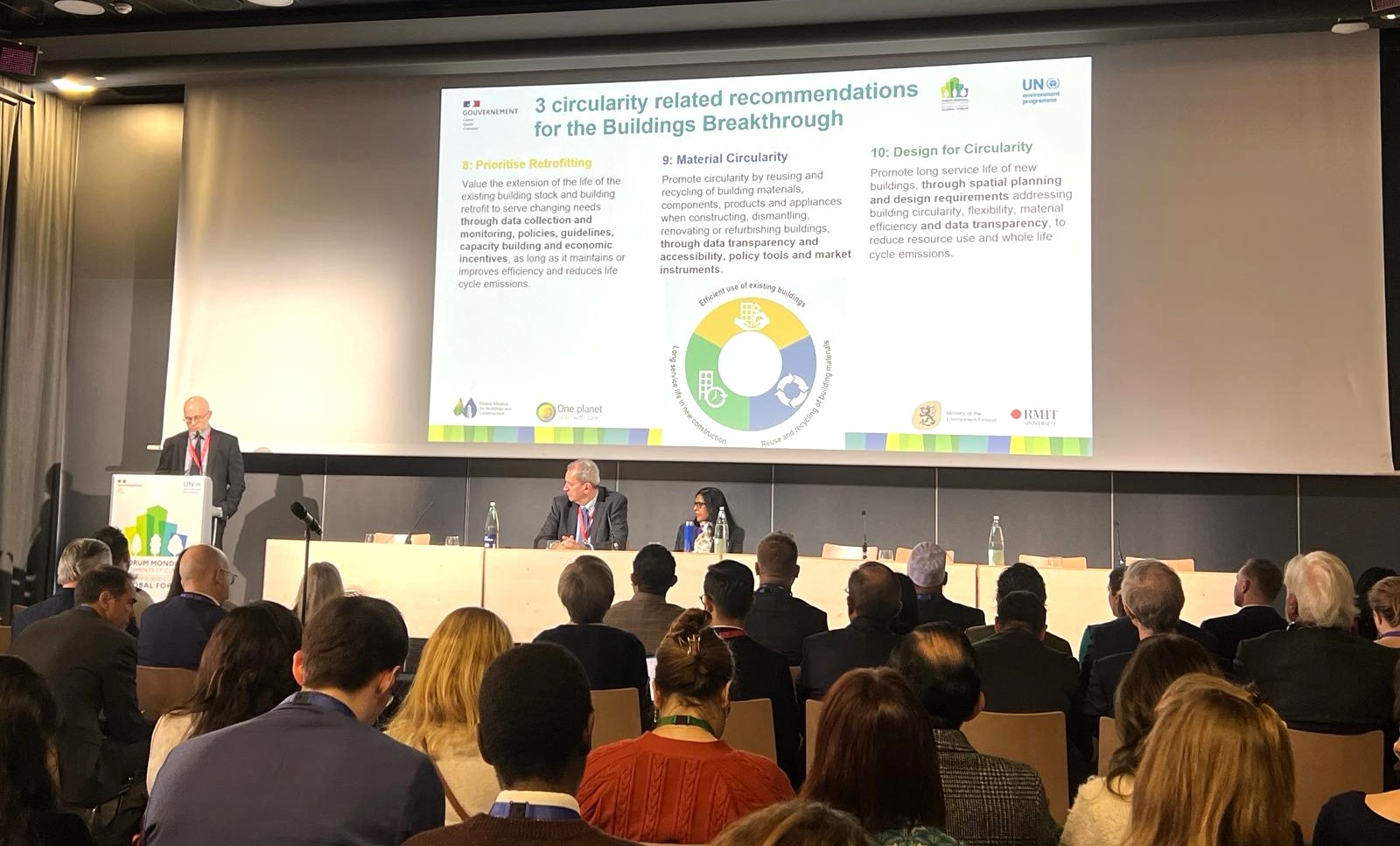Increasing Share of Micro & Small Enterprises in Public Procurement in Indian Railways
The government of India issued an order in 2012 to enhance the share of procurement from Micro and Small Enterprises (MSEs). In response to this order, Indian Railways took measures to increase access of MSEs to tenders and enhance the share of MSEs in its procurement by setting up indicators and tweaking its e-procurement system for monitoring procurement from MSEs sector. As a result, Indian Railways raised the share of MSEs procurement from about 12% in 2012 to about 25% in 2016-17.
Micro and Small Enterprises (MSEs) contributes about 7% of the manufacturing GDP and 31% of the service GDP to the national economy of India, They have been considered the backbone of Indian economy. The fact that about 55% of the MSEs are based out of rural areas, these enterprises are pivotal in promoting sustainable and inclusive development as well as generating large scale employment. In order to leverage the unique role that MSEs plays in sustainable development, the Government of India issued an order in 2012 to increase the share of MSEs in public procurement from present level to 20% in three years.
The objective of this policy was to stimulate overall economic growth and prosperity through increased share of SMEs participation in the national economy.
Indian Railways (IR) typically procure goods worth more than INR 500 Billion annually and sell scrap worth about INR 25 Billion. This huge supply chain is managed from headquarters of 17 Zonal Railways and 8 Production Units with more than 300 field locations including 200 plus Storage Depots spread across the length and breadth of the country. Any transformational change in IR requires innovative and out of the box solutions.
Indian Railways adopted three approaches for increasing share of MSEs in the procurement of goods, works and services done by them. The first strategy focused on creating awareness among vendors belonging to MSEs category and enhancing their access to tenders of Indian Railways. Under this strategy, Buyers-Sellers Meets were organised at various places to make them aware of the public procurement process, registration process on e-procurement system, opportunities for business with Indian Railways, benefits available to MSEs vendors etc.
The second strategy focused on enabling existing e-procurement system to capture data related to procurement from MSEs sector. In order to capture procurement from MSEs, Vendor Module of Indian Railways E-Procurement System (IREPS) was suitably reprogrammed to identify whether vendor falls under MSEs and if its owner belongs to SC/ST category. The integration of MSEs details in the existing procurement system allowed each unit to extract report regarding total value of procurement from MSEs on monthly basis.
The third strategy focused on setting up indicators and monitoring them on monthly basis. The following indicators were developed for monitoring progress:
• Total orders placed by each unit (in number and economic value);
• Total orders placed with MSEs – in general, and with SC/ST entrepreneurs only (in number and economic value);
• Percentage of orders placed with MSEs – in general, and with SC/ST entrepreneurs only – out of the total (in economic value);
• Total number of MSE vendors approved/registered;
• Confirmation of uploading annual MSE procurement plans on the designated website;
• The number of cases of preferential orders placed with MSEs.
The strategies adopted by IR proved very successful in meeting the objectives set by the government. Indian Railways not only achieved the target of 20% procurement from MSEs by 2015-16 but surpassed that target. The number of MSEs vendors participating in Indian Railways procurement increased from less than 2000 in 2012 to above 8300 in 2016 and absolute volume of purchase from MSEs increased by more than INR 10 Billion over a period of five years.
The increase in the share of procurement from MSEs led to several benefits, though these benefits have not been measured in monetary terms. Since these enterprises are mostly based in rural areas, improving access of SMEs to Indian Railways tenders and enhancing their share in total procurement volume have helped create more transparency and competition in the bidding process, leading to delivery of innovative and sustainable products, job creation in rural areas and efficient spending of taxpayer money.
This preferential procurement policy from MSEs in Indian Railways is going to continue in future as well. The interested stakeholders may get in touch with Ministry of Railways to learn more or to participate in public procurement tenders of Indian Railways.
Image

Sanjay Kumar
Project start date
01/01/1970
Project end date
01/01/1970

